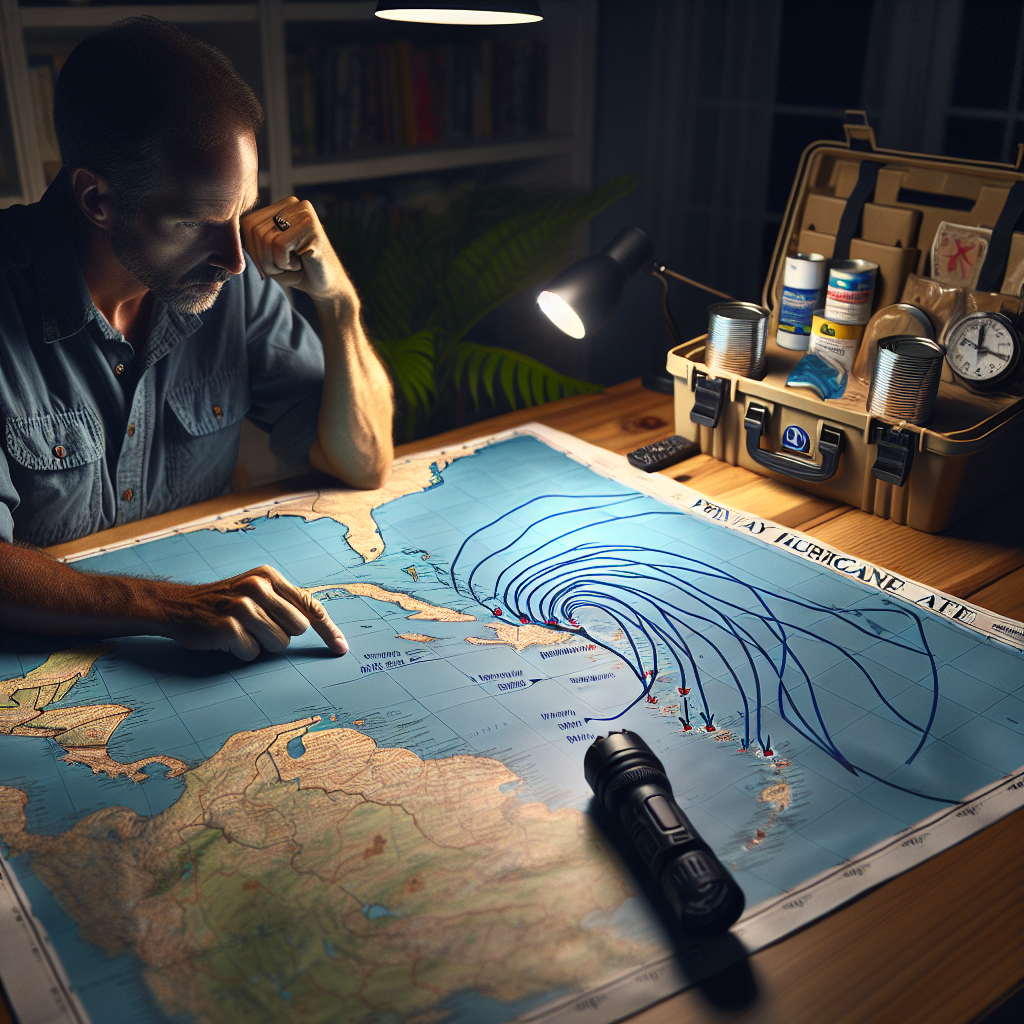The Caribbean Hurricane Season: Understanding the Impacts and Preparation
The Caribbean Hurricane Season is a yearly occurrence that brings about severe weather conditions in the region. The tropical waters of the Atlantic Ocean provide the perfect breeding ground for hurricanes, which can cause widespread devastation to the islands and coastal areas. Understanding the dynamics of the Caribbean Hurricane Season and being prepared can help mitigate the impacts of these powerful storms.
The Basics of the Caribbean Hurricane Season
The Caribbean Hurricane Season officially runs from June 1st to November 30th each year, with the peak of activity typically occurring between August and October. During this period, warm ocean temperatures combined with low wind shear create favorable conditions for the formation and intensification of hurricanes. These storms develop from clusters of thunderstorms that move westward across the Atlantic, often originating off the coast of Africa.
Impacts of Caribbean Hurricanes
Caribbean hurricanes can bring a range of destructive forces, including strong winds, heavy rainfall, storm surges, and flooding. The winds associated with hurricanes can reach speeds of over 74 mph, causing widespread damage to buildings, infrastructure, and vegetation. Heavy rainfall can lead to flash floods and mudslides, while storm surges pose a serious threat to coastal communities by causing inundation and erosion.
Preparation and Resilience
Effective preparation is key to reducing the risks posed by hurricanes in the Caribbean. Governments, communities, and individuals in hurricane-prone areas should have emergency plans in place that include evacuation routes, shelters, and communication strategies. It is also important to secure homes and properties by installing storm shutters, reinforcing roofs, and clearing debris that could become dangerous projectiles in high winds.
Climate Change and Resilience
Climate change is expected to contribute to the increased intensity and frequency of hurricanes in the Caribbean. Rising sea levels and warmer ocean temperatures can fuel more powerful storms, posing a greater threat to vulnerable coastal communities. Building resilience to climate change impacts, such as investing in coastal infrastructure, early warning systems, and sustainable land-use practices, is crucial for the long-term safety and sustainability of the region.
Community Response and Recovery
In the aftermath of a hurricane, community response and recovery efforts are essential for rebuilding and restoring affected areas. Local and international organizations play a key role in providing emergency aid, distributing supplies, and supporting long-term recovery projects. Community resilience is demonstrated through mutual support, resource-sharing, and collaborative efforts to rebuild stronger and more resilient communities in the face of future storms.
Conclusion
The Caribbean Hurricane Season presents a significant challenge to the region, requiring proactive measures to mitigate risks and enhance resilience. By understanding the dynamics of hurricanes, preparing effectively, and building community capacity, the Caribbean can better cope with the impacts of these powerful storms. Through collective action and sustainable planning, the region can adapt to the changing climate and thrive in the face of adversity.


